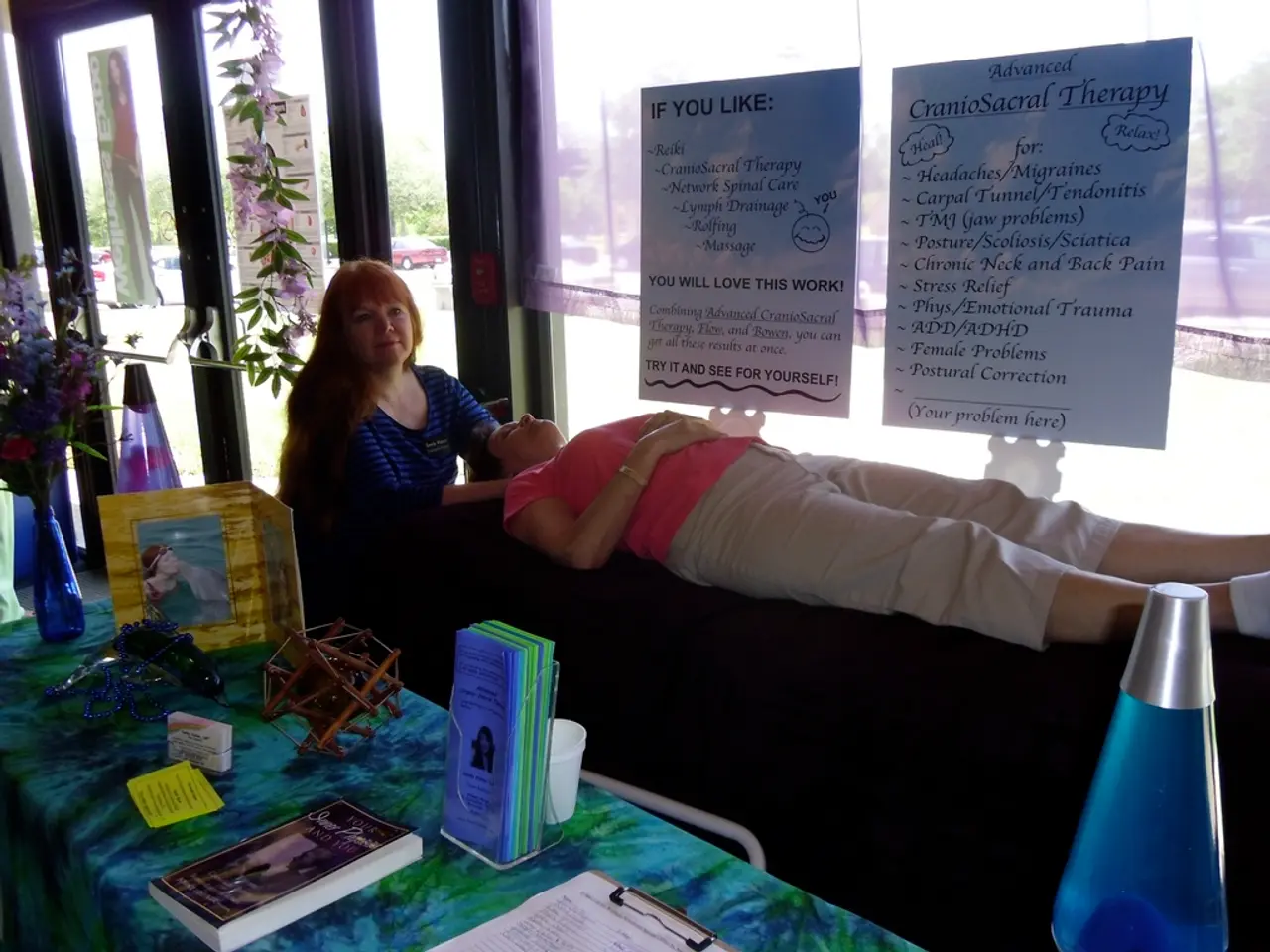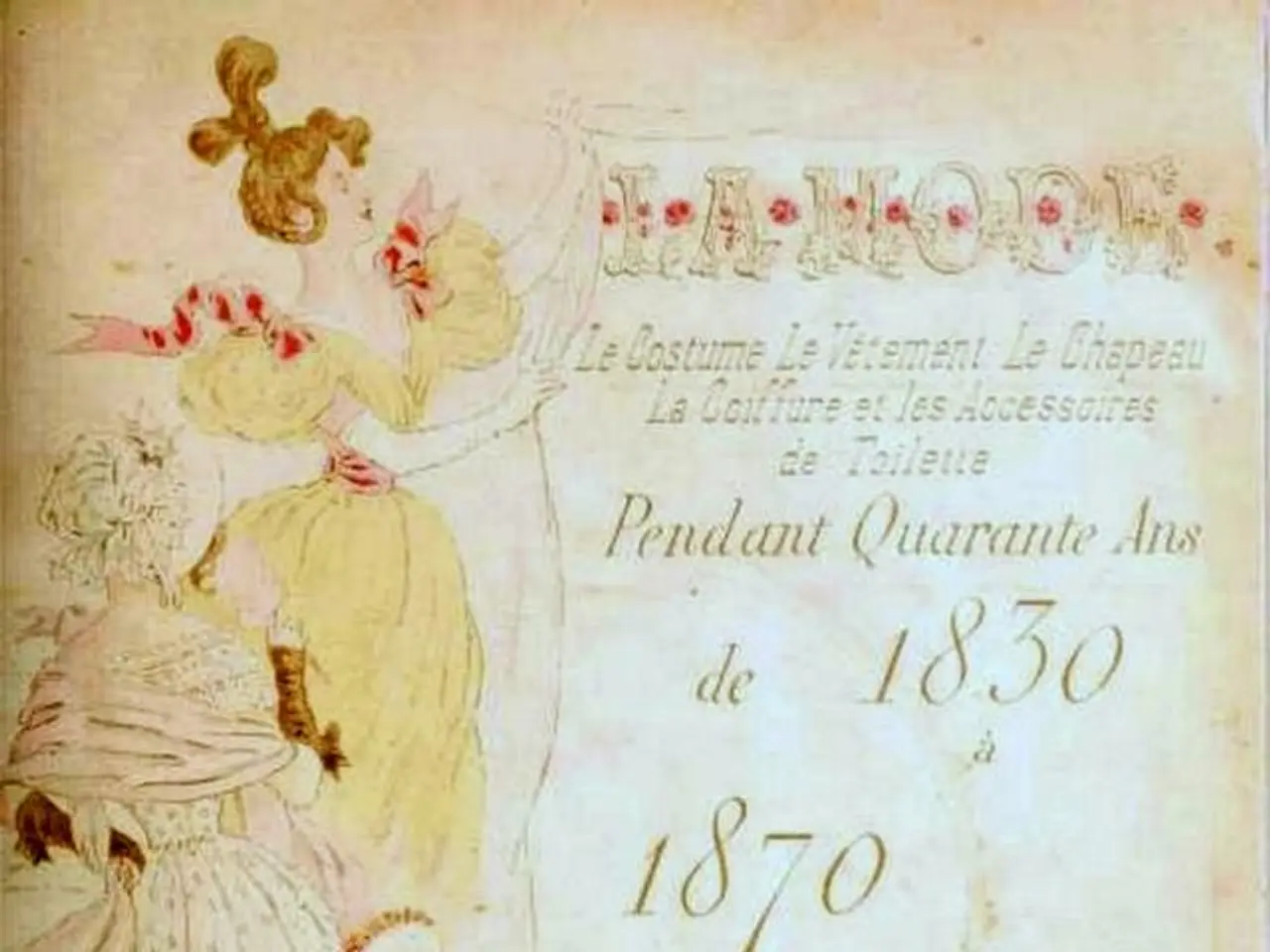Kate and William's Affirmative Response, 14 Years Ago
A Royal Journey: Kate, William, and the Evolution of the Monarchy
Marriage isn't a stroll in the park, especially when the world watches, not to mention your family. April 29, 2011, marked the start of a 14-year journey for Prince William and Kate, now the Prince and Princess of Wales. This milestone, a testament to their resilience, can't be simply pinned down to a number. But March 22, 2024, was a game-changer. Catherine, the princess, shared a confidante's burden with her subjects, revealing her cancer diagnosis. From that moment, the girl who was once seen as an outsider became a queen in the hearts of the people.
Becoming a queen meant William became a king. No longer were Charles and Camilla just the rulers; they were the old and weary ones. William and Kate, on the other hand, offered a fresh and vibrant vision for the monarchy. Kate, the daring, the brave, the "normal" princess, where the word takes on an extraordinary meaning.
Gone are the days of being the "Wisteria sisters," the aristocratic connections Kate and Pippa made before rising to royal prominence. Just like wisteria, Kate has sunk deep roots into British soil, strong roots, as Queen Elizabeth had predicted. Today, the rumors about their possible crisis, once the talk of the town, are old news. The royal couple regularly socializes with their neighbors, turning the page on old gossips.
Life presented Kate a bill, and she chose to pay it in the company of true affection—her family. Easter holidays and Louis' seventh birthday were spent with the Middletons. Kate, the "normal" princess, confessed that she stays up all night to prepare an excessive amount of sweets for her son's birthday. “It’s become almost a tradition that I stay up until midnight with ridiculous amounts of cake mix and icing, and I make way too much. But I love it,” the princess shared.
The royal couple's routine is now dictated by Kate's treatments, their children, and family life. That March 22 last year changed everything. To celebrate their anniversary, they will visit the University of St Andrews, the place where they first met. During their visit to the Scottish islands, they will adopt the titles of the Duke and Duchess of Rothesay, the official title of the heir to the Scottish throne. They will connect with local communities, reflecting on the power of social bonds and the importance of protecting and preserving the environment, two causes close to their hearts.
Love, environment, and simplicity. These are the words with which Kate has sewn herself into the hearts of the people. A holy grail of balance between tradition and modernity, she embodies a new era for the monarchy, echoing the sentiments once held for Diana, her mother-in-law. But as a note, it is important to remember that the Duchess of Cambridge, despite her influential role, does not possess constitutional authority as part of the monarchy’s governance structure. Her contributions are primarily focused on diplomatic and charitable efforts rather than shaping the foundational structures of the monarchy[3].
The evolution of the monarchy's structure can be traced back to the Anglo-Saxon kingdoms, the Norman Conquest, Tudor and Stuart transformations, United Kingdom formation, and modern constitutional monarchy[3][4][5]. The Duchess of Cambridge plays a crucial role in upholding the monarchy's tradition and grace, but her impact on the constitutional structures is minimal[3]. The monarchy remains a vital aspect of British history and culture, evolving through acts of Parliament and historical precedent.
- Kate's cancer diagnosis in 2024, revealed on March 22, significantly expanded the role of the Princess of Wales, adding importance to her medical-conditions and health-and-wellness advocacy.
- The revelation of her cancer diagnosis also brought the Princess of Wales closer to her family, making her Easter holidays and Louis' birthday celebrations with the Middletons more significant in the context of family-dynamics.
- The Princess of Wales' birthday celebrations have become a tradition, with her staying up all night to prepare an excessive amount of sweets, reflecting her lifestyle and commitment to her children.
- In the world of entertainment and pop-culture, the Princess of Wales' brave and daring persona evokes comparisons with her mother-in-law, Diana, echoing the importance of relationships and celebrity influence.
- The evolution of the monarchy's structure over time, from Anglo-Saxon kingdoms to the modern constitutional monarchy, has been marked by significant events and acts of Parliament.
- Despite playing a crucial role in maintaining the monarchy's tradition and grace, the Duchess of Cambridge does not possess constitutional authority, contributing primarily to diplomatic and charitable efforts rather than shaping the monarchy's governance structures.
- The royal couple's 14-year journey, marked by the strong roots Kate has sunk into British soil and the vibrant vision they offer for the monarchy, has transformed the page on old gossips and turned a fresh page on relationships within their community.
- To commemorate their anniversary and maintain a balance between tradition and modernity, the royal couple plans to visit the University of St Andrews, where they first met, adopting the titles of the Duke and Duchess of Rothesay and reflecting on the power of social bonds and the importance of environmental protection.






